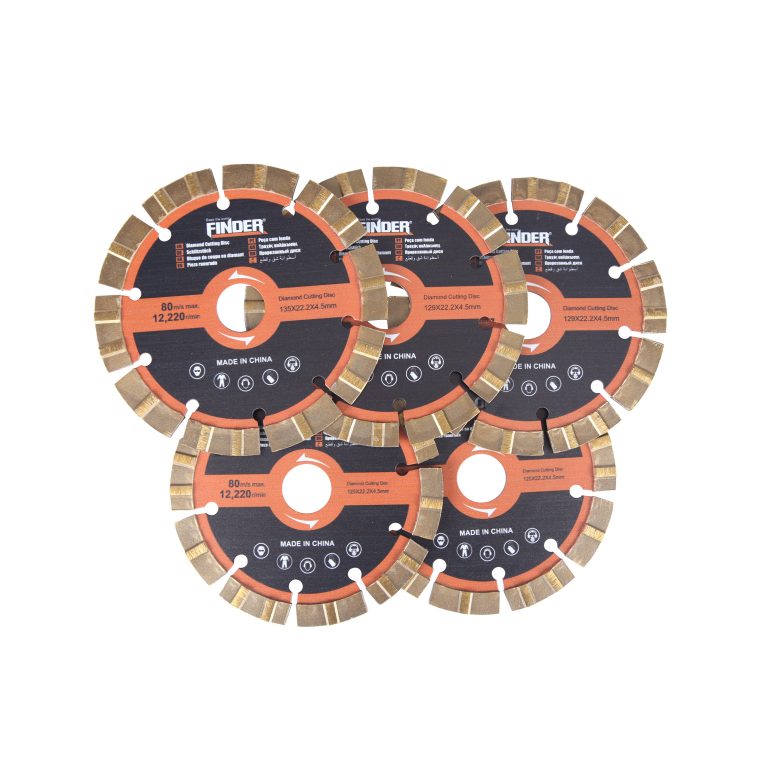Ceramic cutting can use multiple tools, and the specific selection depends on the material, thickness, and accuracy requirements of the cutting. Here are some commonly used ceramic cutting tools:
Hand tools. Such as hammers, panels, pliers, etc., suitable for simple manual cutting.
Electric pickaxe. Using a power supply to drive the ceramic blade for cutting requires wearing safety gloves during operation.

Ceramic machine. Cutting ceramics through heating and rotation is suitable for professional processing.
Water cutting machine. Using high-pressure water flow for cutting is suitable for various hard materials, but it will produce a large amount of water mist and noise.
Angle grinder. Suitable for cutting or polishing ceramics, but pay attention to protection and operational safety.
Electric cutting machine. By using diamond shaped blades, thicker tiles or materials other than tiles can be cut.
Saw blade. Suitable for cutting economical and simple ceramics, but with high precision requirements.
Manual cutter. Using wheels to cut tiles, suitable for fine cutting of tiles.
Tungsten steel turning tools and end mills. Suitable for turning ceramic materials with high hardness, such as ceramic bottles.
Diamond wheel, diamond grinding wheel angle grinder. Suitable for quick bending or corner cutting.
Manual ceramic cutting machine or buckle cutting machine. Suitable for non professionals and easy to operate.
Glass cutting knife. Not only can it be used to cut glass, but it can also be used to cut ceramic bottles.
When selecting the appropriate tool, consideration should be given to the material, thickness, and precision requirements of the cutting, as well as the safety and efficiency of the operation.
